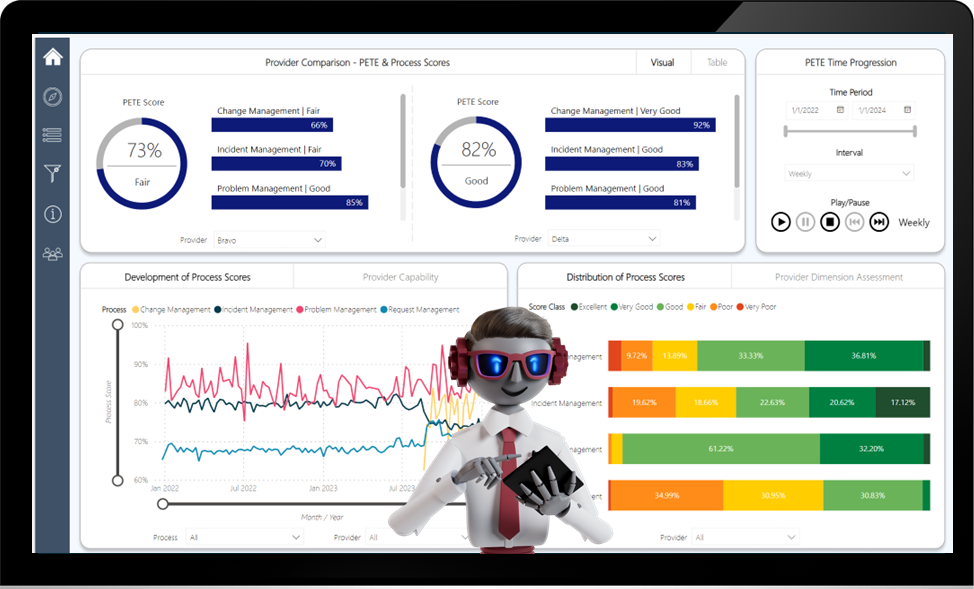
** Keep this aspect in mind when you define KPIs **
📊 Very often, we come across #KPIs that are designed to check if #providers are performing their #service in an optimal way – but instead they fail to fulfill their purpose. What’s the result? The KPI shows a good performance. However, the #client is not content.
The reason is often a lack of proportion and thresholds.
🔎 Let’s take a look at a specific example:
Service Desk is supposed to solve 90 percent of all incoming #requests within a certain amount of time.
If this rate is not achieved, it can be due to a higher number of incoming requests than usual. For instance, the volume could have been growing throughout the last few months.
📋 This is why clearly defined #thresholds – meaning realistic boundaries of #capacity – are crucial. You can estimate them based on the #parameters in a previous period of time. By doing so, you can detect trends that can be taken into account with a certain amount of fluctuation (e.g. + / – 10 percent).
✅ In combination with thresholds, the described KPIs become significant because you can measure whether the deviation is based on internal factors or due to changing volume. Thresholds also help you to gain #insight on whether the observed deviations are tolerable or not.
Still, keep in mind: It is important to regularly check with the provider if the thresholds should be adjusted.




